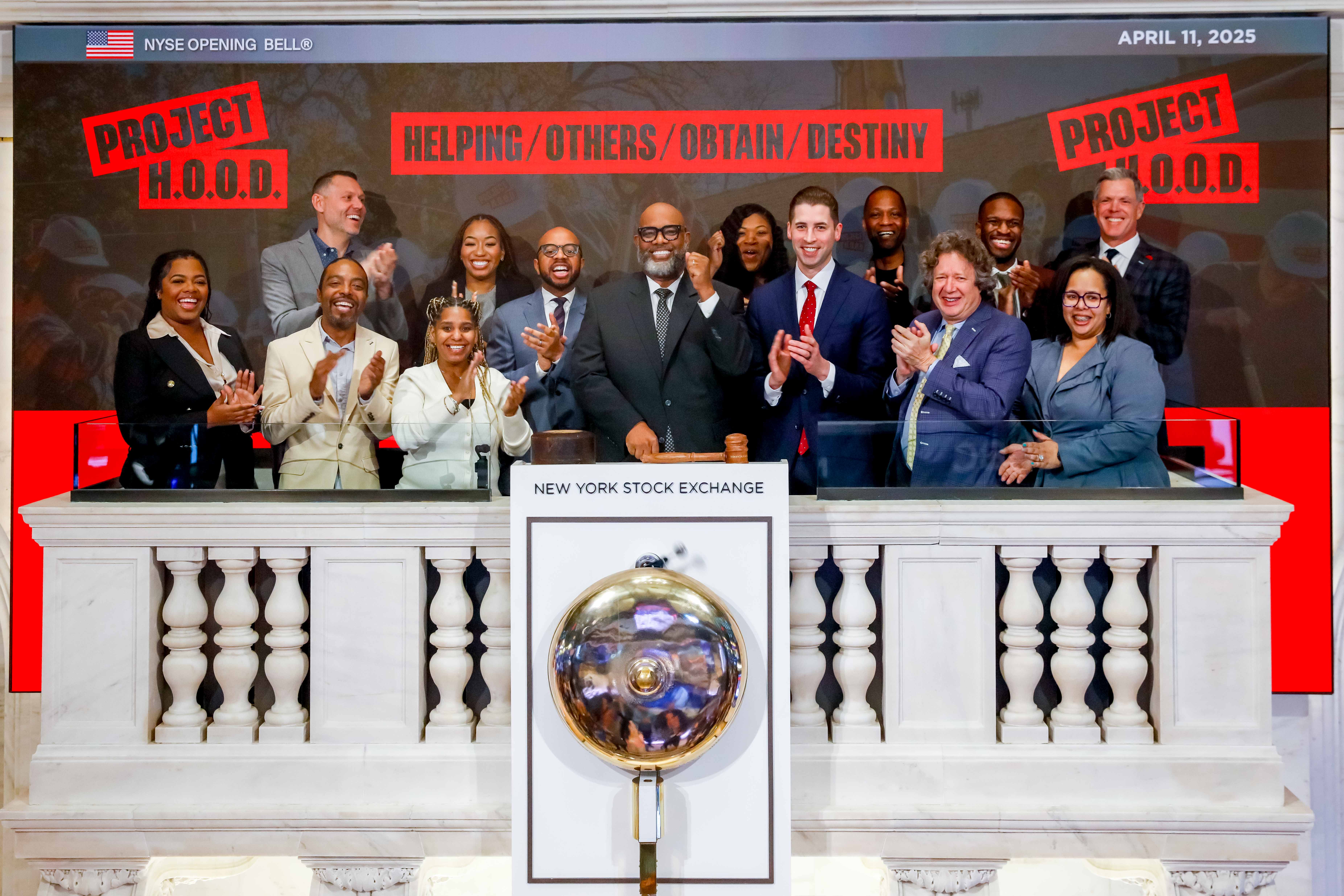By Joe W. Bowers Jr. | California Black Media
The ballot for the 2024 California presidential primary election, set for March 5 — commonly called “Super Tuesday in political media speak — features leading presidential candidates President Joe Biden (D) and former President Donald Trump (R). Black candidates for President include President R. Boddie (D), Eban Cambridge (D), Jasmine Sherman (Peace and Freedom), and Cornel West (Peace and Freedom).
Across California, voters will also be choosing candidates for one US Senate seat, 52 congressional seats, 80 State Assembly seats, and 20 State Senate seats. Additionally, there’s a statewide ballot measure, Proposition 1, which if passed, would allow the state to borrow $6.4 billion for mental health treatment beds and revamp the law that funds mental health services through a tax on millionaires.
Voters will discover that Black candidates are overrepresented on their ballots for State and Federal office. Although African Americans comprise 6.5% of California’s population, Black candidates are contesting for 11.5% of California’s US House seats, 23.8% of State Assembly seats and 30% of State Senate seats.
According to California Black Media (CBM), 53 Black candidates are participating in 32 of the 154 statewide elections. That’s about 21% of the races.
In eleven of these races, multiple Black candidates are competing. The party affiliations of these candidates include 42 Democrats, 7 Republicans, one Green Party, three Peace and Freedom Party and one from the American Independent Party. Among these candidates, 27 women are running for office – one for President, one for US Senate, 4 for Congress, 15 for State Assembly and 7 for State Senate. There are 27 men on the ballot – 3 for President, 8 for Congress, 9 for state Assembly and 7 for state Senate.
There is one Black candidate, Congressmember Barbara Lee (D-CA-12), running for the US Senate seat (both full and partial term) to succeed U.S. Sen. Laphonza Butler. If elected, Lee would be the third Black female U.S. Senator in state history. Despite lagging in both fundraising and the polls, she has consistently performed well in debates. Lee, has said throughout her political career that “representation matters.” If neither Lee nor Congressmember Katie Porter (D-CA-47), the leading female candidates, finishes in the top two for the general election, California would be without a female contending to be senator the first time in more than 30 years.
In the upcoming Congressional elections, 12 Black candidates are vying for 6 seats.
For Congressional District (CD) 6 (Elk Grove), Craig J. DeLuz (R), a member of the Robla School Board, is in the running along with 5 other candidates, including the current Congressmember, Ami Bera (D).
Kevin Lincoln (R), the Mayor of Stockton, is contesting for CD 9 (Stockton) against three other candidates, including the incumbent Congressmember, Josh Harder (D).
In CD 12 (Oakland), nine candidates are competing to succeed Lee. Among them, three are Black: Lateefah Simon (D), a nonprofit Foundation President; Andre Todd (D), a retired Navy officer and businessman; and Eric Wilson (D), an employee of a nonprofit organization.
Julie Lythcott-Haims (D), a Palo Alto councilmember, educator, lawyer, and parent, is among the 11 candidates running for CD 16 (Atherton) to replace the retiring Anna Eshoo (D).
Sydney Kamlager-Dove (D), one of the three incumbent Black Congressmembers from California, is seeking re-election in CD 37 (Los Angeles). John Thompson Parker (Peace and Freedom) is the other Black candidate in this race, which has a total of four contenders.
In CD 47 (Los Angeles), four out of five candidates are Black. The incumbent representative is Maxine Waters (D). The other Black candidates are Gregory Edward Jackson Cheadle (D), a program evaluator; Chris B. Wiggins (D), a state caucus chair; and Steve Williams (R), a small business owner.
Out of 40 State Senate seats, 20 are up for election this year. Five of these seats are being sought by 14 Black candidates.
In Senate District (SD) 3 (Napa), five candidates are competing for an open seat as the incumbent, Bill Dodd (D), is term-limited in 2024. The Black candidates in this race are Jackie Elward (D), a councilmember, educator, and mother, and Jimih Jones (R), an automotive parts advisor.
SD 7 (Oakland) has six candidates running to succeed Nancy Skinner (D), who is termed out at the end of 2024. The Black candidates are Jovanka Beckles (D), an AC Transit Director, and Sandre R Swanson (D), a youth foundation president and former Assemblymember.
Jason O’Brien (D), a police detective and businessman, is among four candidates vying for an open seat in SD 29 (San Bernadino).
Eight candidates are on the ballot for SD 35 (Inglewood) to replace the term-limited Sen. Steven Bradford (D). The six Black candidates are Michelle Chambers (D), a community justice advocate; Lamar Lyons (D), a financial consultant; Alex Monteiro (D), a Councilmember and nonprofit director; Laura Richardson (D), a former Congressmember, businesswoman, and housing advocate; and Jennifer Trichelle-Marie Williams (D), an accountant and small businessowner.
Dr. Akilah Weber (D), an Assemblymember and medical doctor is a candidate for the open SD 39 (San Diego) seat being vacated by Sen. Toni Atkins, former Senate President pro Tempore. She is running against one other candidate.
Out of 80 Assembly seats on the ballot, 24 Black candidates are contesting for 19 seats.
In Assembly District (AD) 6 (Sacramento), 10 candidates are on the ballot to succeed Kevin McCarty (D), who is running for Mayor of Sacramento. Among them, Emmanual Amanfor (D), a Sacramento Housing Commissioner, is the sole Black candidate.
Porsche Middleton (D) is contesting for AD 7 (Citrus Heights) against two others, including incumbent Josh Hoover (R).
In AD 11 (Suisun City), incumbent Assemblymember Lori D. Wilson (D) is seeking re-election. She faces three opponents, one of whom is Black: Wanda Wallis, a real estate agent.
Rhodesia Ransom (D), a businessowner and mother, is running for AD 13 (Stockton) against two other candidates.
Monica E. Wilson (D), an Antioch City Councilmember, is contesting for AD 15 (Concord) against three opponents.
Incumbent Assemblymember Mia Bonta (D) is seeking re-election for AD 18 (Oakland). Among her three opponents, one is Black: Andre Sandford, a housing program manager.
Waymond Fermon (D), a peace officer and Indio councilmember, is running for the open seat in AD 36 (Antelope Valley) against six other candidates.
Phlunté Riddle (D), a public safety commissioner, is on the ballot for AD 41 (Pasadena). The incumbent, Chris Holden (D), who is term-limited, is running for the Los Angeles County Board of Supervisors. Three other candidates are also on the ballot.
Carmenita Helligar (D) is one of eight candidates for AD 44 (Burbank), as incumbent Laura Friedman is running for the U.S. House.
Jamie Swain (D), a truck driver, is running for AD 47 (High Desert) against two opponents, including incumbent Greg Wallis (R).
In AD 50 (San Bernardino), DeJonae Marie Shaw, a licensed vocational nurse, is running against two other candidates. The incumbent, Eloise Reyes (D), is running for State Senate.
Shannel Pittman (Green Party), a national diversity chair, is running for AD 52 (San Gabriel Valley) against nine other candidates. The incumbent, Wendy Carrillo (D), is running for Los Angeles City Council.
Isaac G. Bryan (D), the incumbent Assemblymember for AD 55 (Ladera Heights), has one opponent.
In AD 57 (Los Angeles), five candidates are running to replace Reggie Jones-Sawyer, who is term-limited and running for Los Angeles City Council. The three Black candidates are Greg Akili, an educator and nonprofit director; Sade Elhawary, an education and community organizer; and Tara Perry, a reparations advocate.
Corey A Jackson (D), the incumbent Assemblymember for AD 60 (Riverside), is running for re-election against two opponents, one of whom is Black: Ron Edwards (R), a small business owner.
Tina Simone McKinnor (D), the incumbent Assemblymember for AD 61 (Inglewood), is running for re-election against one opponent.
Mike Gipson (D), the incumbent Assemblymember for AD 65 (Compton), is running for re-election.
Dom Jones (D), a businesswoman and TV personality, is running for AD-72 (Huntington Beach) against incumbent Diane Dixon (R).
LaShae Sharp-Collins (D), a county education professional, is running for AD 79 (La Mesa). The incumbent, Akilah Weber, is running for State Senate. Two other candidates are also on the ballot.
All active registered voters in California will receive a vote-by-mail ballot. Mailing of ballots began Feb. 5 and drop-off locations opened on Feb. 6. The last day to register to vote is Feb. 20. Vote centers for early in-person voting open on Feb. 24. Vote-by-mail ballots must be postmarked on or before Election Day and received by March 12.
In California, the order of races on ballots goes from local to federal, and the state’s primaries have a top-two system, meaning the top two vote getters in a given race advance to the general election, regardless of political party.
 Westside Story Newspaper – Online The News of The Empire – Sharing the Quest for Excellence
Westside Story Newspaper – Online The News of The Empire – Sharing the Quest for Excellence





